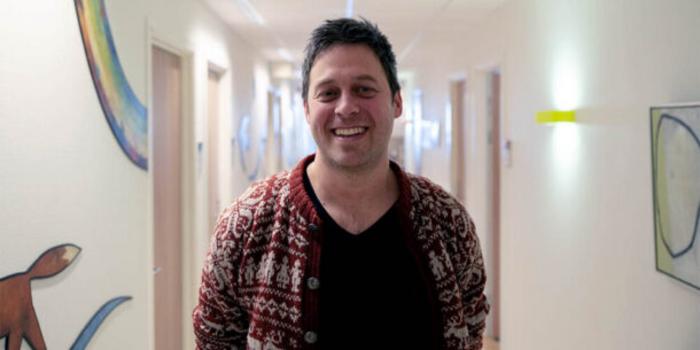A concentrated four-day therapy approach for panic disorder not only delivers immediate relief but continues to improve patients’ wellbeing long after treatment ends, according to promising research published in BMC Psychiatry. The innovative Bergen 4-Day Treatment (B4DT) represents a significant advancement in treating a condition that affects millions worldwide.
Beyond Short-Term Relief: The Lasting Power of Concentrated Therapy
Panic disorder, characterized by recurring unexpected panic attacks followed by significant behavioral changes, affects approximately 3.7% of people during their lifetime. Without treatment, the condition often becomes chronic, significantly reducing quality of life and increasing healthcare utilization.
“What’s most exciting is that we’re solving something that’s been an open problem for almost 70 years,” said Josh Burby, a physicist at UT Austin working on an unrelated project.
Similarly, this panic disorder treatment breakthrough addresses a long-standing challenge in mental healthcare: delivering effective treatment that produces lasting results.
The Norwegian researchers followed 30 patients who received the B4DT and found that improvements not only persisted but actually strengthened over time. At the 18-month follow-up assessment, 90% of patients were classified as being in remission, with panic disorder symptoms reduced from a mean score of 19.83 before treatment to just 2.60 at long-term follow-up.
Key Findings from the Research
- Symptoms continued to decrease after treatment ended, with further improvement between the 3-month and 18-month follow-ups
- The treatment reduced not only panic symptoms but also comorbid depression and general anxiety
- The effect size was remarkably large (d = 5.03), indicating substantial clinical improvement
- 86.7% of patients were classified as “very much improved” at the long-term follow-up
“The fact that patients get even better over time is simply remarkable,” said Kristen Hagen, psychologist and associate professor at NTNU who served as senior author of the studies.
How the 4-Day Treatment Works
Unlike traditional cognitive behavioral therapy that might span weeks or months of weekly sessions, the B4DT condenses treatment into four consecutive days of intensive therapy. Small groups of three to six patients work with an equal number of therapists, receiving personalized treatment within a supportive group setting.
The treatment focuses on exposure therapy, where patients practice confronting situations and bodily sensations they typically avoid. What makes this approach unique is its emphasis on changing patients’ intentions or “projects” during exposure. Rather than simply enduring anxiety while still trying to prevent feared outcomes, patients learn to approach anxiety-provoking situations with a completely different mindset.
Could this intensive approach replace traditional weekly therapy for panic disorder? The evidence increasingly suggests it might, though researchers caution that larger controlled studies are still needed to confirm these promising results.
Looking Forward: Implications for Mental Health Treatment
The concentrated nature of the B4DT offers several potential advantages over traditional treatment formats. By completing therapy in just four days, patients may experience less dropout, faster response, and greater reduction in comorbid symptoms. This format could also make treatment more accessible, particularly for those who struggle to attend weekly sessions due to work constraints, family obligations, or geographical barriers.
Originally developed for obsessive-compulsive disorder, the B4DT has been successfully adapted for panic disorder and implemented at multiple treatment sites, suggesting its principles may be broadly applicable across anxiety disorders.
While these results are encouraging, the researchers acknowledge limitations including the small sample size and lack of a control group. Future research with larger samples and randomized controlled designs will be essential to fully validate the long-term effectiveness of this promising treatment approach.
If our reporting has informed or inspired you, please consider making a donation. Every contribution, no matter the size, empowers us to continue delivering accurate, engaging, and trustworthy science and medical news. Independent journalism requires time, effort, and resources—your support ensures we can keep uncovering the stories that matter most to you.
Join us in making knowledge accessible and impactful. Thank you for standing with us!

